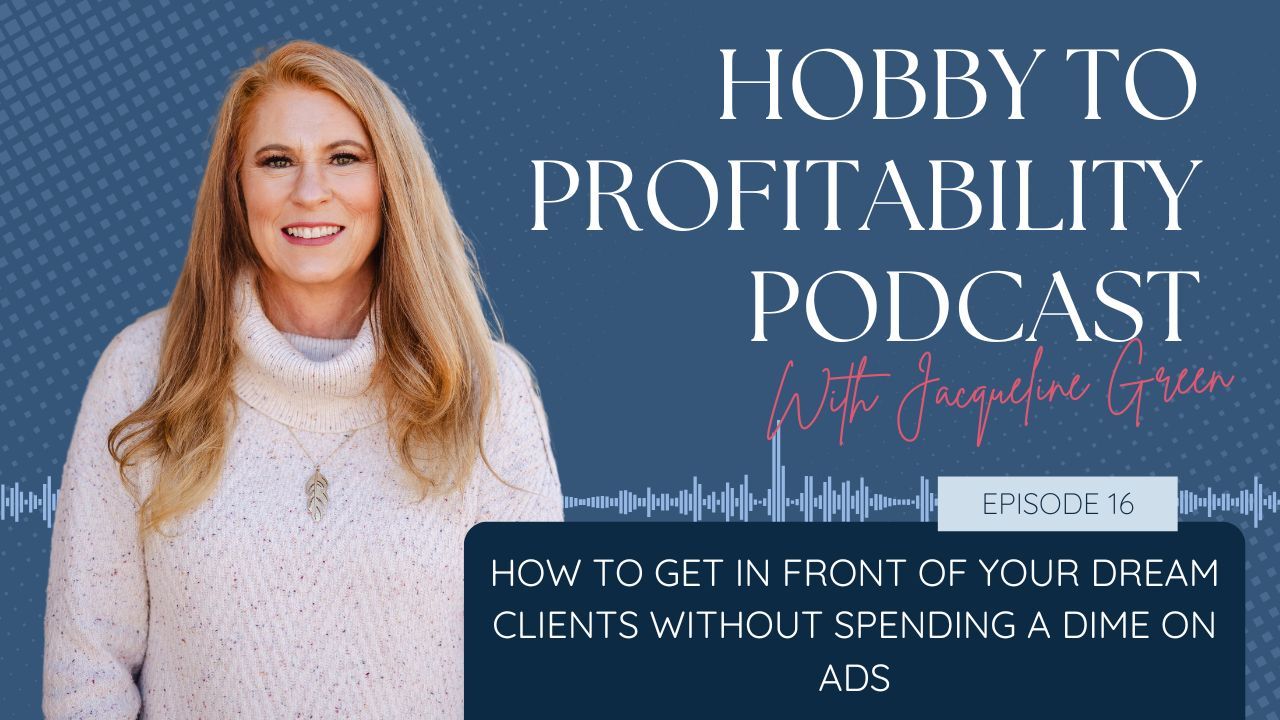5 Mistakes Interior Designers Make When Blogging
Dec 10, 2021
I’m going to start this off by being very direct with you, blogging and curating valuable content specifically for interior design should be one of your top priorities in your marketing strategy.
Here’s why:
- On average, long-form content generates eight times more page views, three times more social media shares, and nine times more leads than short-form content.
- 46% of people take recommendations from bloggers into account.
- 34% of buyers will make an unplanned purchase after reading quality content.
- Blog posts remain the most effective form of content over email, ebooks, and white papers.
- Bloggers who utilize blogging for marketing purposes see 13 times the ROI of businesses that don’t.
- On average, companies who blog produce 67% more leads per month.
*Statistics provided by Semrush.
Creating blogs for your interior design business is truly one of the best marketing moves you can make as a business owner. With that being said, a solid content strategy is essential. Without this, you can kiss goodbye to all those great results and potential leads. And if you’re making common mistakes like the ones I’m about to share with you, then your traffic WILL suffer.
1. Length
Short, sweet, and simple doesn’t apply to blogs. If you’re already creating consistent blogs for your business, then that’s amazing and I congratulate you because you’re already ahead of the rest. But if the blogs you’re writing are about 500 to 1,000 words per blog, then I’m sorry to say this, but you’re in big trouble. The harsh truth is that you are not only wasting your time, but odds are no one is reading your blog either.
“But Jackie, so what if it’s short, it’s valuable stuff. Quality over quantity right?” - Wrong.
There are millions of blogs being posted each and every day, so yours needs to stand out. It’s very unlikely that you will be able to achieve a successful and result-driven blog if it’s only 500 words.
The reason for this is because short blogs tend to be very superficial and lack details. To add even more cons, there are only so many keywords that can be placed in a 500-word blog as opposed to a 2,000-word blog, for instance. Google, the largest most used search engine, takes its customers extremely seriously. So when someone searches “What to expect when hiring an interior designer,” Google is going to give preference to the most successful, competitive, and user-forward blogs.
So what length should you be aiming for?
The optimal length is 1,500 to 2,000 words per blog.
If you’re struggling to get into the missing content, ask yourself five questions based on why, how, when, where, and what. – And be specific.
- Why should the audience care?
- How did you do this?
- Where can they use the information presented?
- What are the three most important things a reader needs to know?
- When is this information important to know?
2. Not Including Images
One of the reasons I’m writing this blog is because I want to see as many interior designers succeed as possible, so when I keep seeing common mistakes being made by my own community, I want to do what I can to help. Just the other day I stumbled upon another interior designer’s blog and I was shocked to see there were no images to break up the text!
I was shocked because we as interior designers rely so heavily on visuals, that it didn’t occur to me that educating our community on using visual reinforcement in their blogs, was something that still needed to be taught.
One of the first things we’re taught in design school is graphic communication, and the same applies to our blogs. Images are important because…
- Images can also help you get traffic from image search engines like Google Images.
In order for this to work, however, you need to optimize your image Alt text and image description. Back when I had just started blogging, I wouldn’t pay much attention to the name of my image files either, which meant a lot of “screenshot.png” or “1.png”. You want to make sure you are changing the name of your images and image description to a title that correlates with the topic of your blog.
For example, if I’m writing a blog on “5 Mistakes Interior Designers Make When Blogging”, my image title might look like this:

- Most people are visual learners and sometimes, a picture is worth a thousand words. Whether it’s a diorama, photography, chart, screenshots, etc., images help people visualize what it is you’re talking about. So if you’re giving a quick tutorial on how to alter the name of your image title (wink, wink), then an image will serve as a visual aid for your reader.
- If you include a visually appealing image as your blog’s thumbnail, then this persuades your audience to share your blog on their social media, which means more readers.
Rule of Thumb: Make sure your image is high-quality and attractive because let’s be honest, no user wants to make their social media feed look boring and ugly.
3. Including Links To Other Related Content Or Other Sites
If you’re an avid reader of my interior design blog, then you know I always like to include supporting links to other reputable websites. According to Yoast, “contextual links point your users to interesting and related content. Moreover, they allow search engines to find out what content on your site is related and to determine the value of that content. The more links an important page receives, the more important it will seem to search engines.”
Each time you publish a blog, Google actually “crawls” your website by following both internal and external links using a bot called Googlebot. By following the links included, Google can better determine the relationship between various pages, posts, and other content.
4. Using Search Engine Optimization Practices Including Short & Long Tail Keywords
If you’re new to Search Engine Optimization, here’s an article that can quickly get you up to speed:
The Ins and Outs of SEO - What Interior Designers Need to Get Started
Short Tail Keywords
Short-tail keywords (also known as head terms, broad keywords, or focus keywords) are searches that include no more than three words, and are generally, well very general. These are the highest searched and trending keywords that are very difficult to place in because of the high volume.
Here are three examples of short-tail keywords for interior designers:
- Interior design
- Interior designers
- Home decor ideas
Long-Tail Keywords
Long-tail keywords are the exact opposite of short-tail keywords. They are keywords made up of three or more words, they are highly specific, target-specific, and highly focused. Although long-tail keywords aren’t in as many searches as their opponent, the upside here is that you have less competition which means higher chances of your content getting seen on the earlier pages of search engines.
Here are three examples of long-tail keywords you might want to play around with:
- Hiring an interior designer on a budget
- What to know before hiring an interior designer
- Pros and cons of hiring an interior designer
"If a tree falls in a forest and no one is around to hear it, does it make a sound?"
Well if a share-worthy blog is published and no one is around to read it, was it even published? You want to make sure your blogs get as many eyes as possible, and optimizing each blog with SEO is the smartest way to do that!
5. Adding A Call-To-Action On Each Post
This mistake is the one that hurts me the most because it’s the one that screams to me “Design school didn’t teach me how to run an interior design business, PLEASE HELP ME!”
What is a Call-To-Action?
A call to action (CTA) is a prompt on a website that tells the user to take some specified action. A call to action is typically written as a command or action phrase, such as ‘Sign Up’ or ‘Buy Now’ and generally takes the form of a button or hyperlink. In digital marketing, this can take the form of the text on a button (a CTA button) or a web link and in email campaigns, CTAs often link to a webpage where the user can take further action (definition by Optimizely).
After devoting countless hours, effort, and even money to the creation of your blogs, the last thing you want is your reader to leave without taking any further action. By adding a CTA on each post, you can generate conversions to your services, email list, courses, etc., and ultimately, use blogs to boost your sales.
On the topic of Call To Actions, I’d like to share with you mine! Below I’ve included 30 Blog Topics specific to both residential and commercial interior designers (a total of 60 blog topics), to get you started blogging, completely free of charge.
These free blogging topics are a great way to start attracting more traffic to your website so click here or on the image below, and you will have free access!

Sign Up for Our Monthly Newsletter
Get helpful career, business, and design tips right in your inbox each month.
At Behind the Design, we are committed to building a stronger design community by reimagining education, training, and support for interior designers. Through our various software training options, educational articles covering everything from leadership to marketing, and soon Continuing educational courses, we are committed to helping you. Join our newsletter to get the latest education and training updates.









